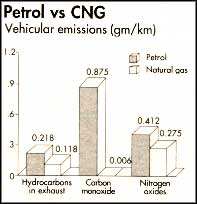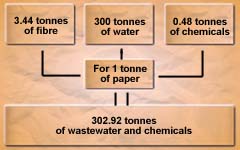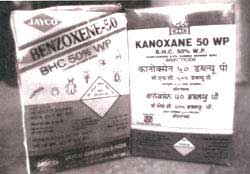
Malaria and the wrath of God
A WELL-KNOWN quasi-ecumenical argument against the existence of God is the existence of the mosquito: apart from being frustratingly acrobatic and musically demented, the little bugger serves no

A WELL-KNOWN quasi-ecumenical argument against the existence of God is the existence of the mosquito: apart from being frustratingly acrobatic and musically demented, the little bugger serves no
Till September 1994, plague was s 'upposedly a forgotten disease in India. It caught the country's medics aghast at their own ignorance. But after its outbreak, medical authorities have taken
ASHISH KUMAR MUKHERJEE is the Director General of Health Services DGHS , and as the country's topmost health bureaucrat, was the man in the hotseat when the recent plague outbreak occurred. He took over as DGHS in 1993, and the
THE Cairo conference turned into yet another example of the governments of rich countries bullying the poor ones into accepting their self-centred perception of how the world's natural resources
The international community is being exhorted to enforce a greenhouse regime
A professor in the department of chemistry, Delhi University, K V Sane has been instrumental in organising and directing a project on locally produced low cost equipment for chemical education that is sponsored by the International Union of Pure and Appli

THE Chinese government, on the face of it: the saga of a mere mortal whose ideas on democracy and free speech exposed a state at its Draconian best begins on February 28, 1989. A book, condemning

The automobile industry is worried about a proposed legislation that may soon make it mandatory for manufacturers to fit vehicles with catalytic convertors to control pollution levels
Developing nations should not sit back and allow the US to do the thinking. They should find a way of making their contributions meaningful and, if necessary, even lobby for EU support to fight US pressure

Several Indian firms, eyeing easy profits, are cultivating exotic varieties of flowers for the Dutch market but paying little heed to ecological consequences

Developed nations are interpreting key clauses of the biodiversity treaty with the aim of protecting their own biotechnology industries from potential flak

Pollution, disorderly urban growth and inadequate basic services are plaguing the Kathmandu valley and adversely affecting tourism, the valley's major revenue earner. Tourism itself is a burden on the valley's resources. Attempts are being made to stem t

India has yet to tackle the problem of leaded petrol, which causes brain damage in children

Buses in the northern and western parts of the country may soon run on a mixture of diesel and natural gas

One Leaf Company<br><br>SCORE 20.65%<br>RANK TWENTY FIVE

The demand for paper in India far exceeds its supply <br>
LAUREN ALLAN-VAIL When the writer Anton Chekhov described Sakhalin as a hellish place, he could have scarcely anticipated the ravages wrought by big oil companies on

India dithers on cleaner coal technologies. But it has the technology to help the thermal power sector clean up its act

The government bans the use of BHC. The industry files a petition and the issue hangs fire

the book explains how farming, in its modern avatar, has acquired the dubious distinction of becoming a major polluter from its benign position of an activity in harmony with nature. The book